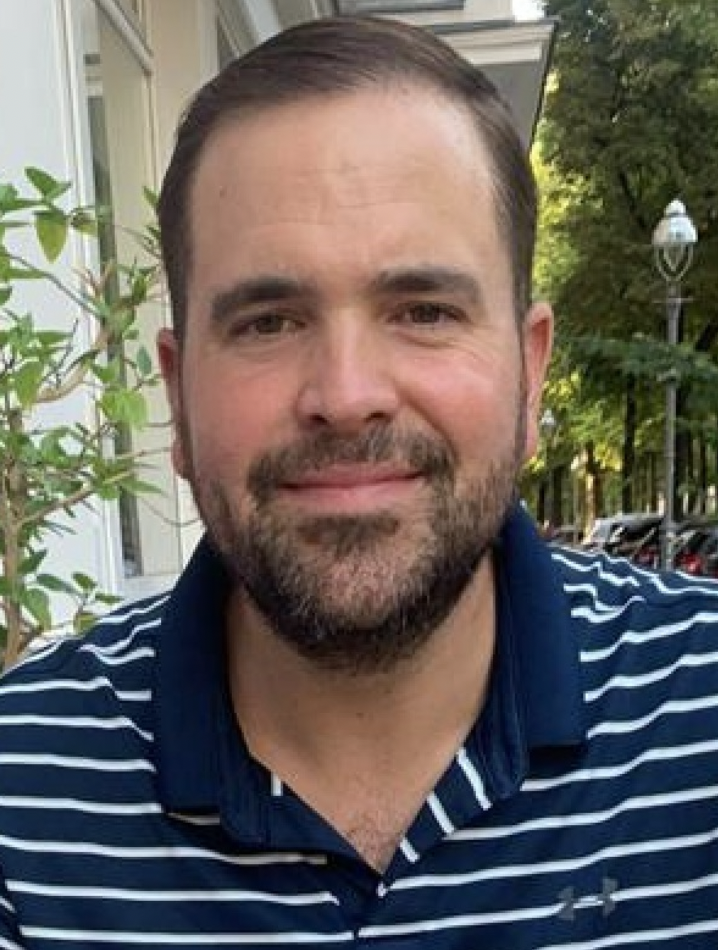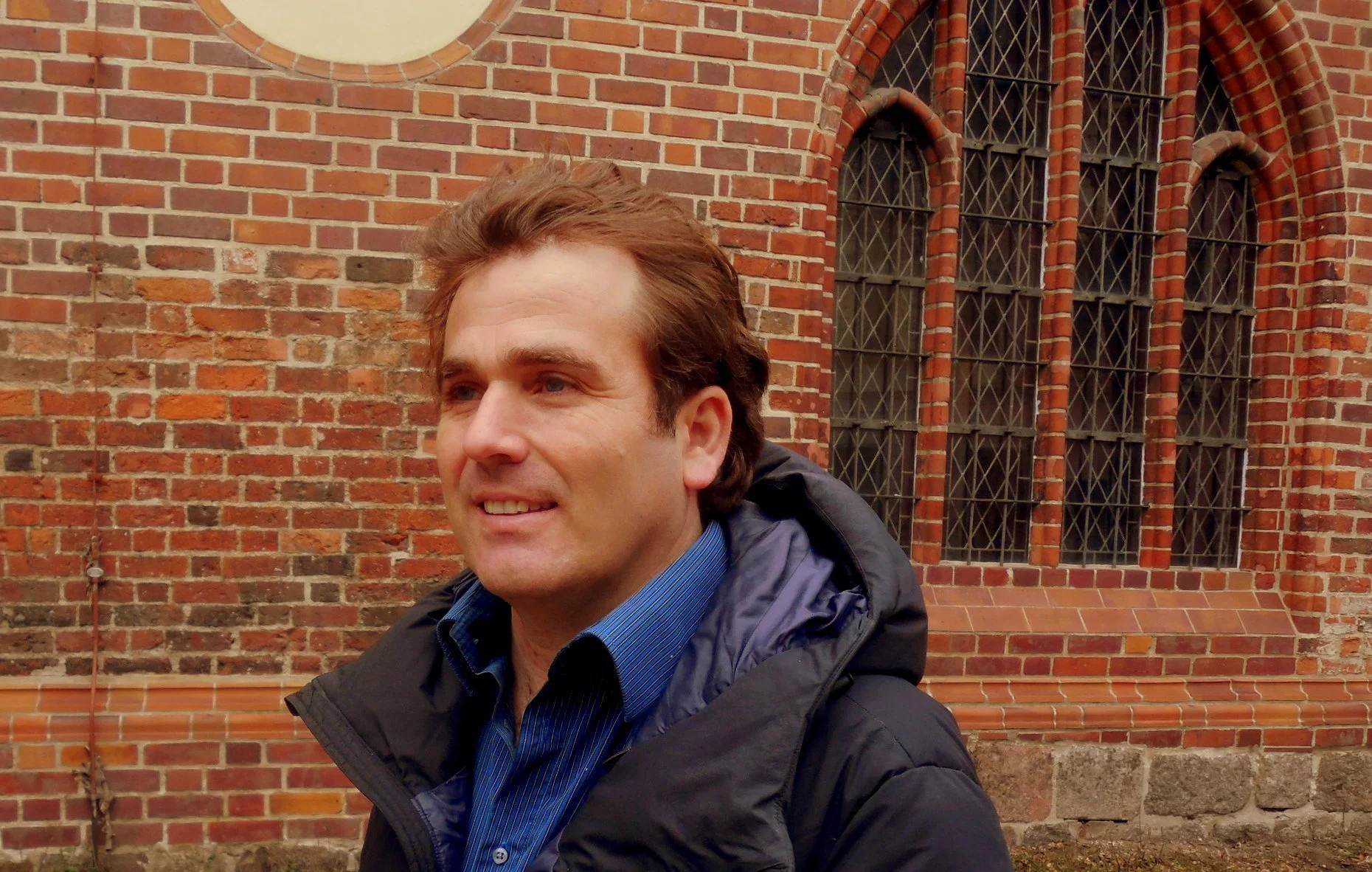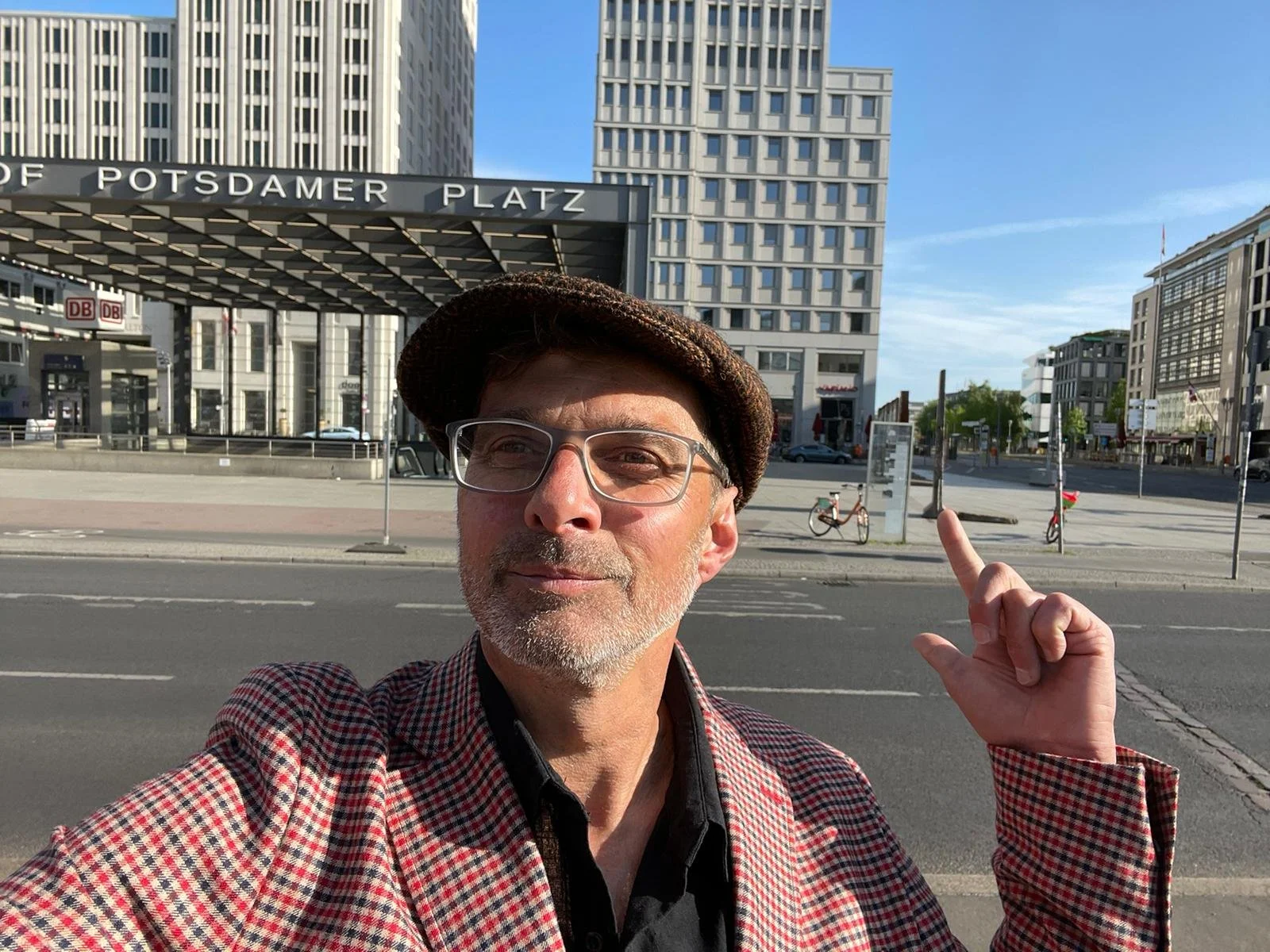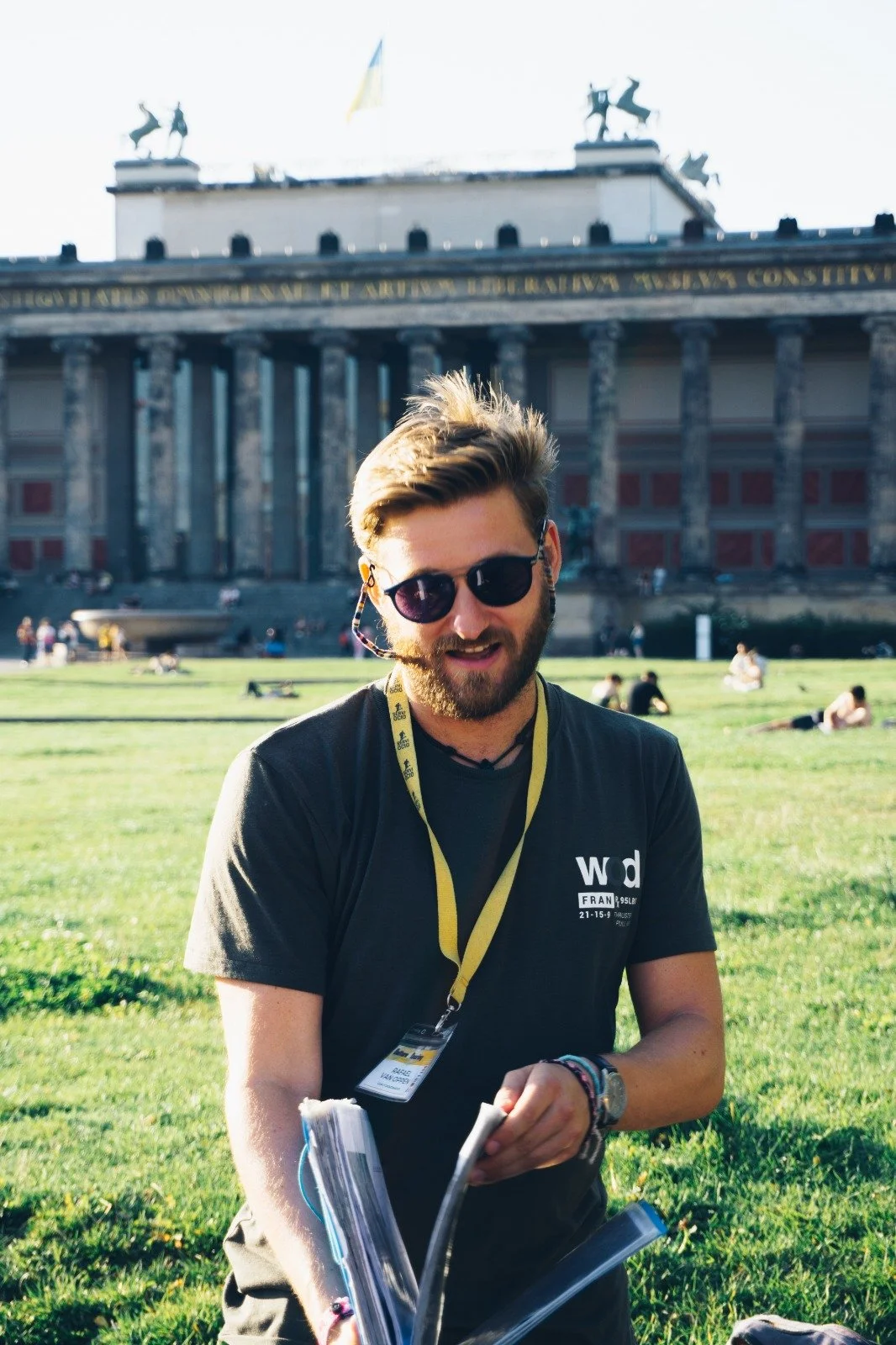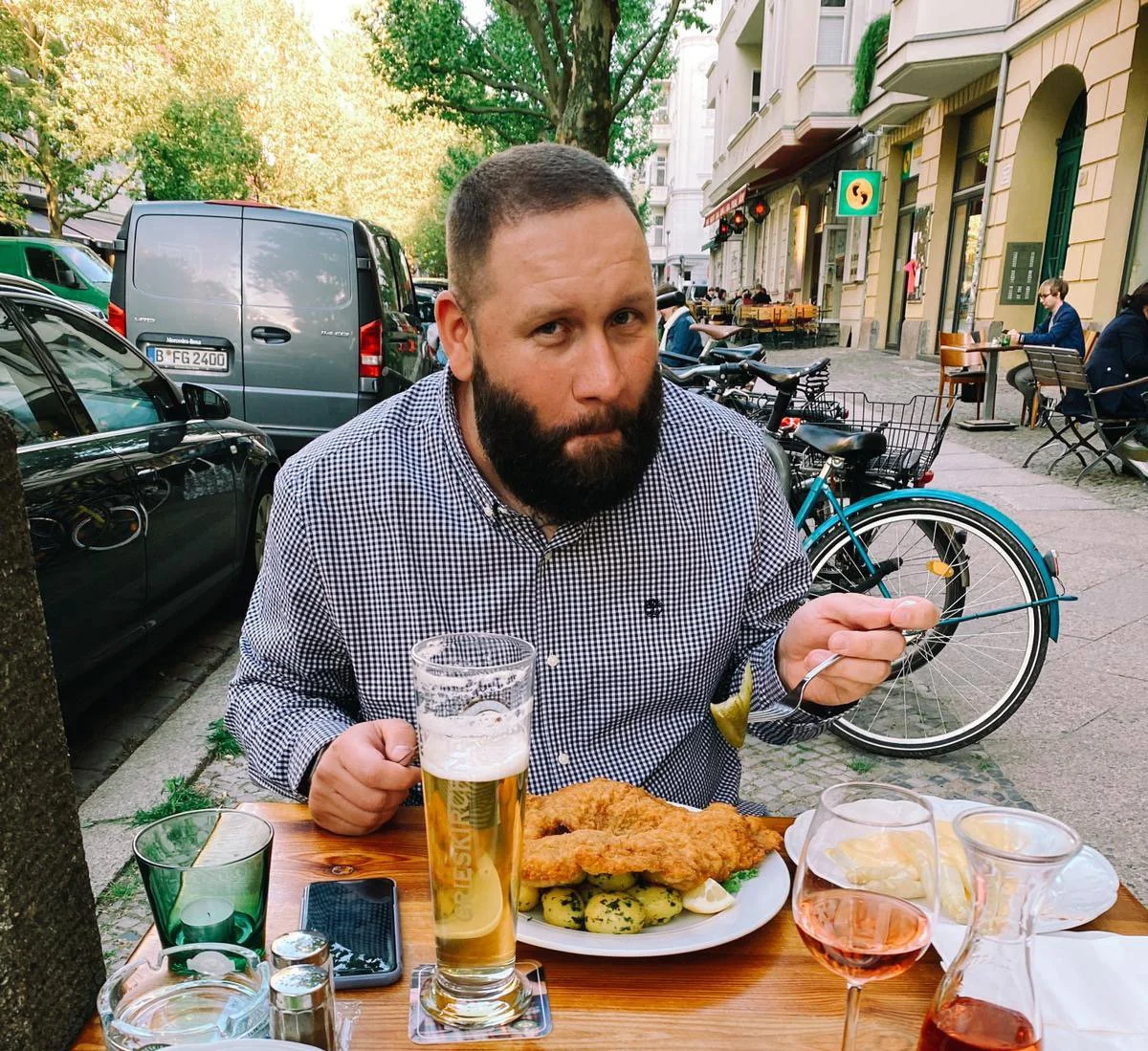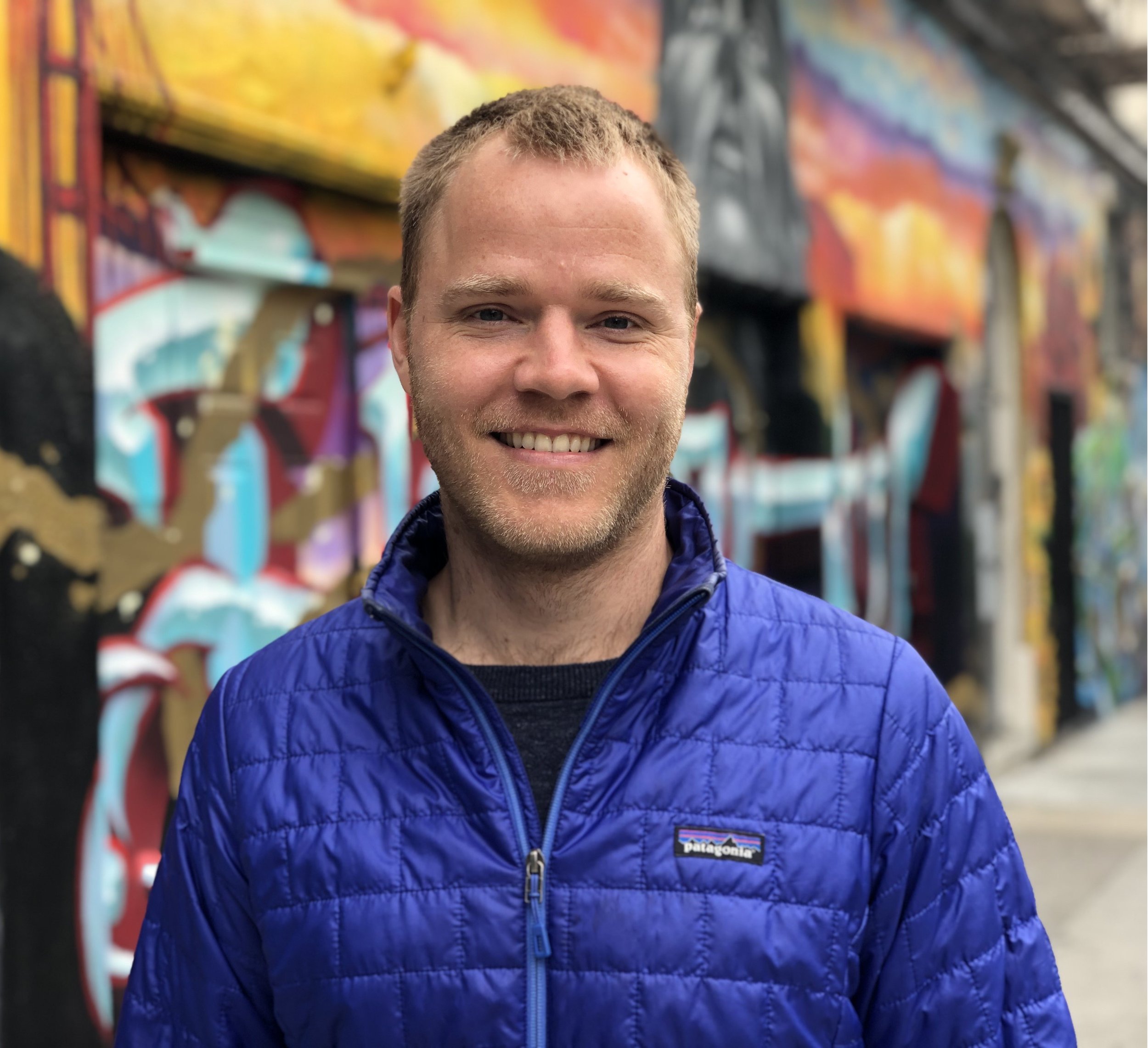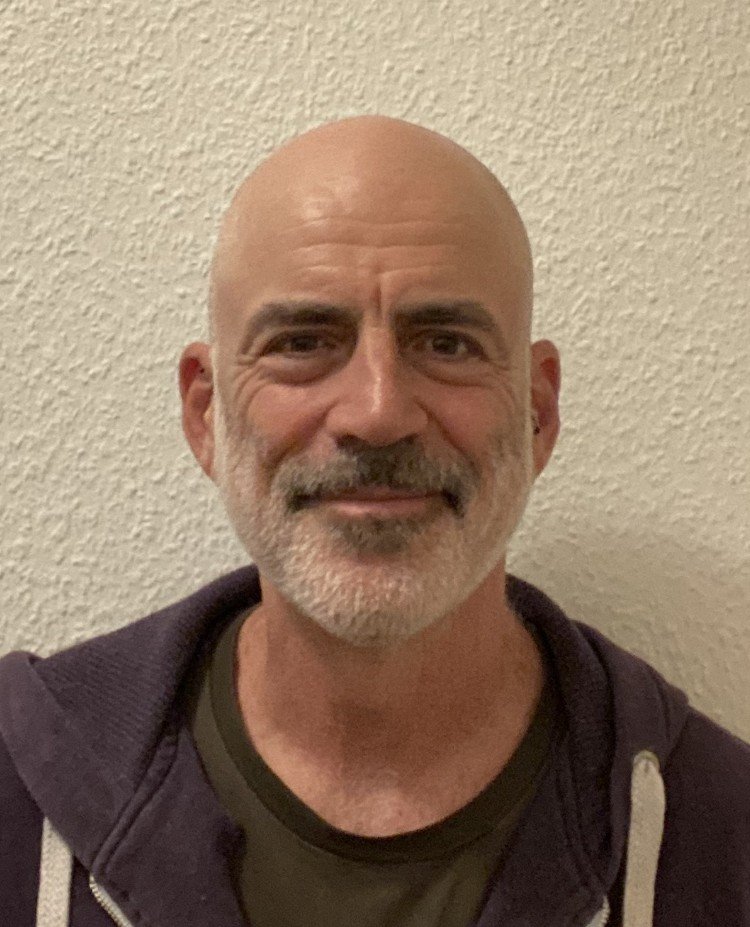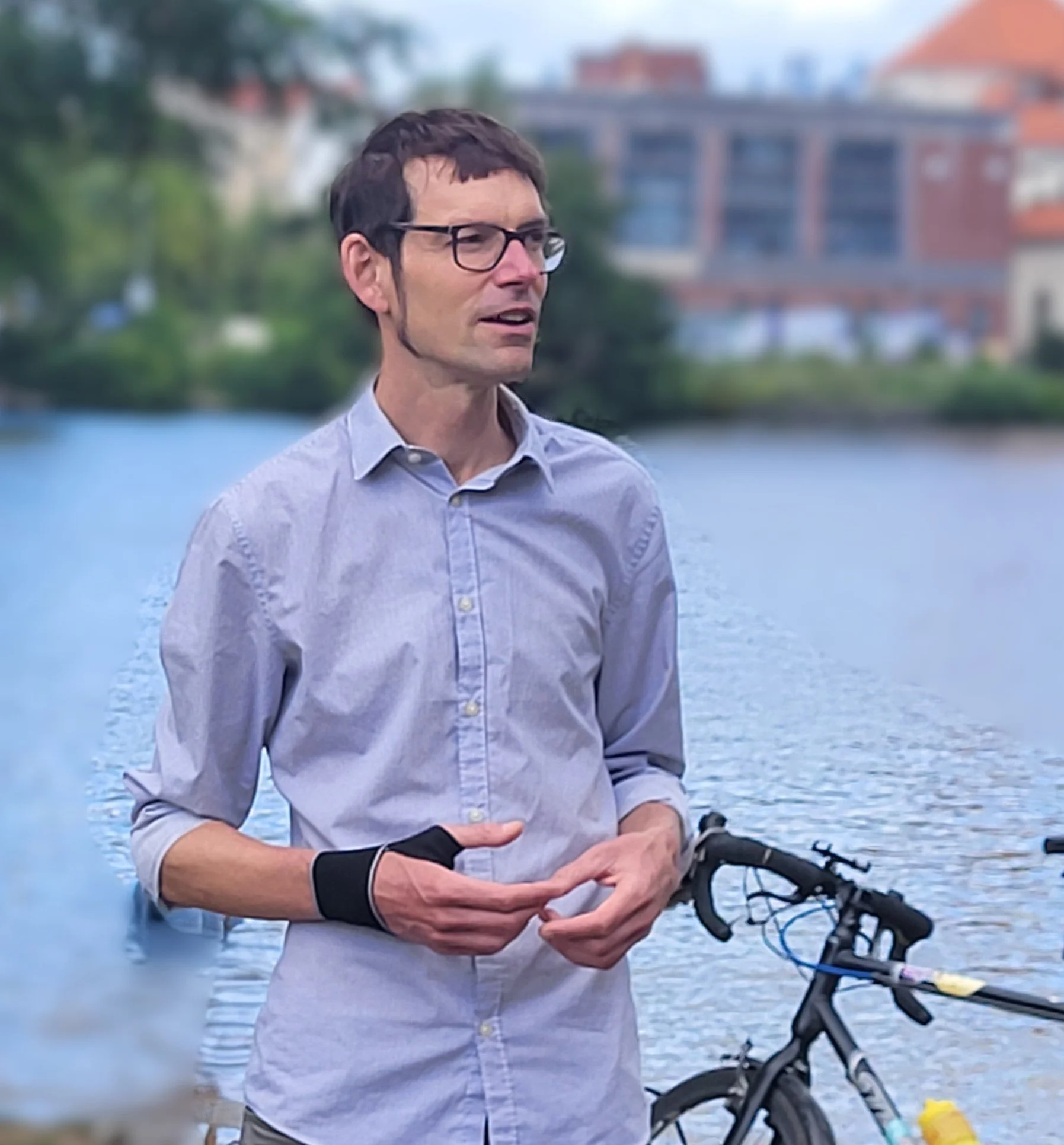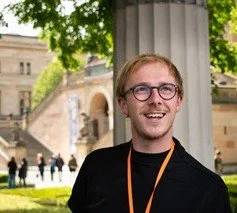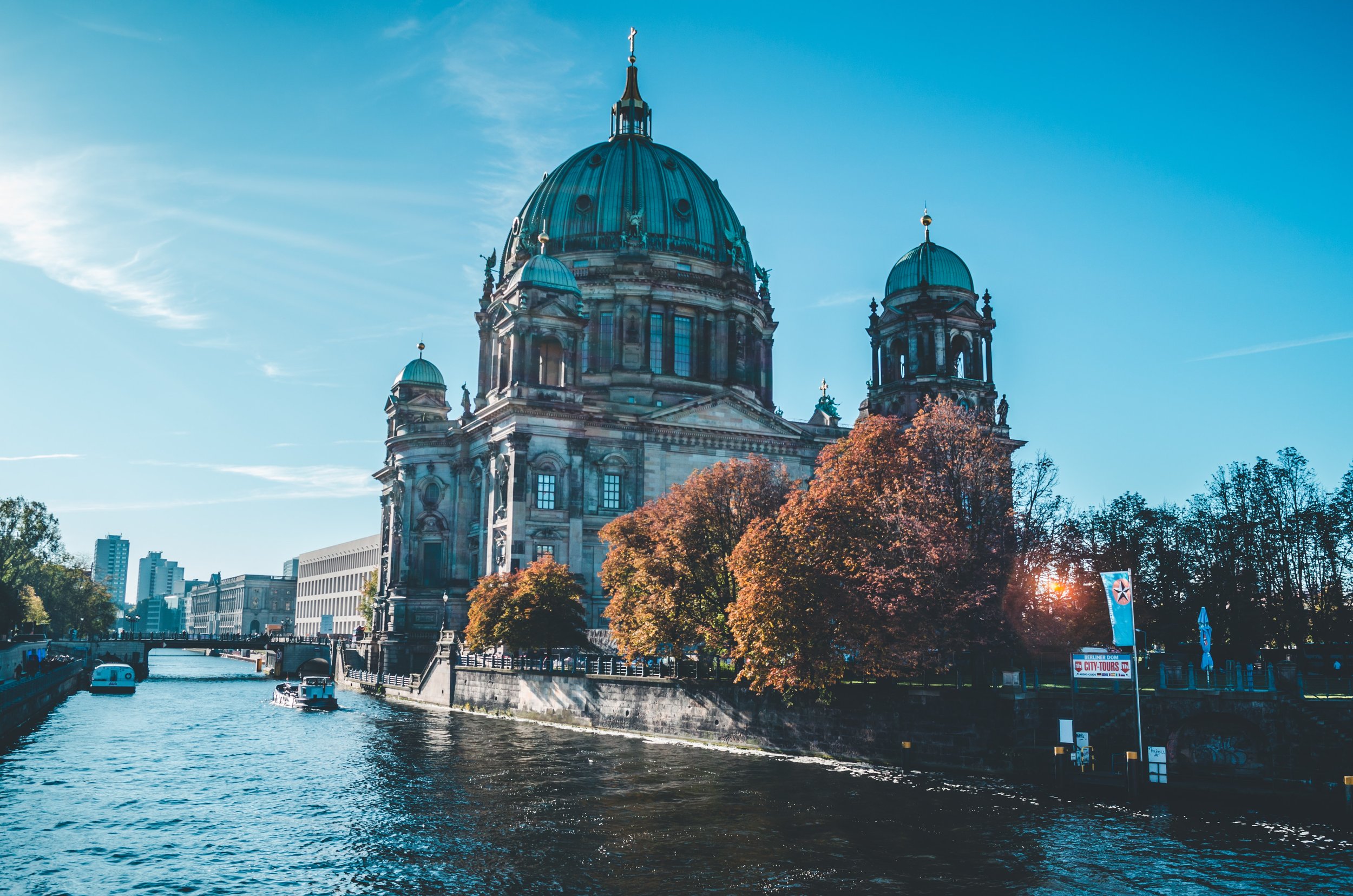
Prussian Berlin
Prussian Berlin Tour – Kings, Palaces & Empire
From its lowly origins in the ‘sandbox of the Holy Roman Empire’ until its dissolution in 1947, Prussia left an indelible mark on the region, the remains of which, on the streets, in the buildings, and the culture, are still visible today.
In Berlin, the neo-classical architecture bequeathed to the city by the former Hohenzollern ruling family stands as a fitting monument to a nation that sought to establish itself on the world stage, eventually rising to become the motor behind German unification in 1871.
The reign of Frederick II (Frederick the Great) in the 18th century has come to epitomise the spirit of Prussia. The king who saw himself as an enlightened absolutist monarch, embracing the arts, sciences and humanities, promoting enlightenment values, whilst nursing a military capacity that would become both feared and respected throughout the world.
At its peak, the territory of Imperial Prussian stretched from the Rhine in the West to the Vistula in the East, with Berlin as the seat of the royal family and capital of the ‘Iron Kingdom’.
Tour
Highlights
-
UNESCO World Heritage Site with five world-class museums, as well as the Berlin Cathedral and the Hohenzollern city palace, which is currently being rebuilt.
-
Berlin’s main boulevard, lined with leafy linden trees, which connects Museum Island to the Brandenburg Gate. Used by the royal family to access their original summer palace, located then outside of the city, and then later by the Nazis for parades in the 1930s.
-
Originally known as Frederick’s Forum, after Frederick the Great, it is home to the Humboldt University, the State Opera House, the Royal Library, and the Hedwig’s Cathedral, a Catholic church. It was also infamously the site of the Nazi book burnings on May 10, 1933.
-
Generally considered to be the most beautiful square in the city, it is home to the French and German Churches, the Concert Hall, as well as many upscale hotels and restaurant.
-
Berlin’s most famous monument, one of 18 city gates which surrounded the city and was used exclusively by the Hohenzollern royal family. It survived WWII with lots of cuts and bruises, and then was trapped in the middle of the Berlin Wall for almost 30 years. Today is stands as a symbol of the reunited Germany.
-
The German Parliament building, and primarily known due to the fire that was likely started by the Nazis which enabled Hitler to take total control after being appointed Chancellor. It was fought over during the Battle of Berlin between the Germans and the Russians, and is now topped with a glass dome designed by the British architect Sir Norman Foster.
AVAILABLE GUIDES:




